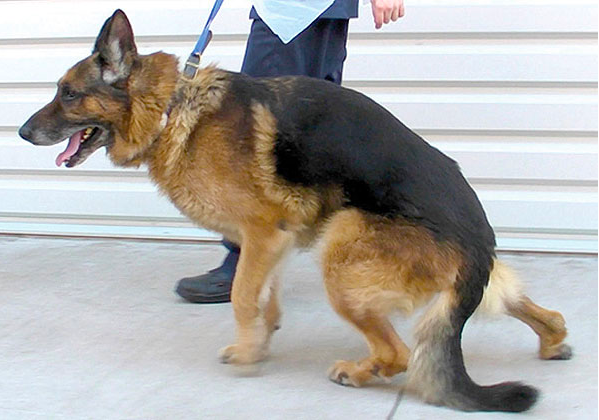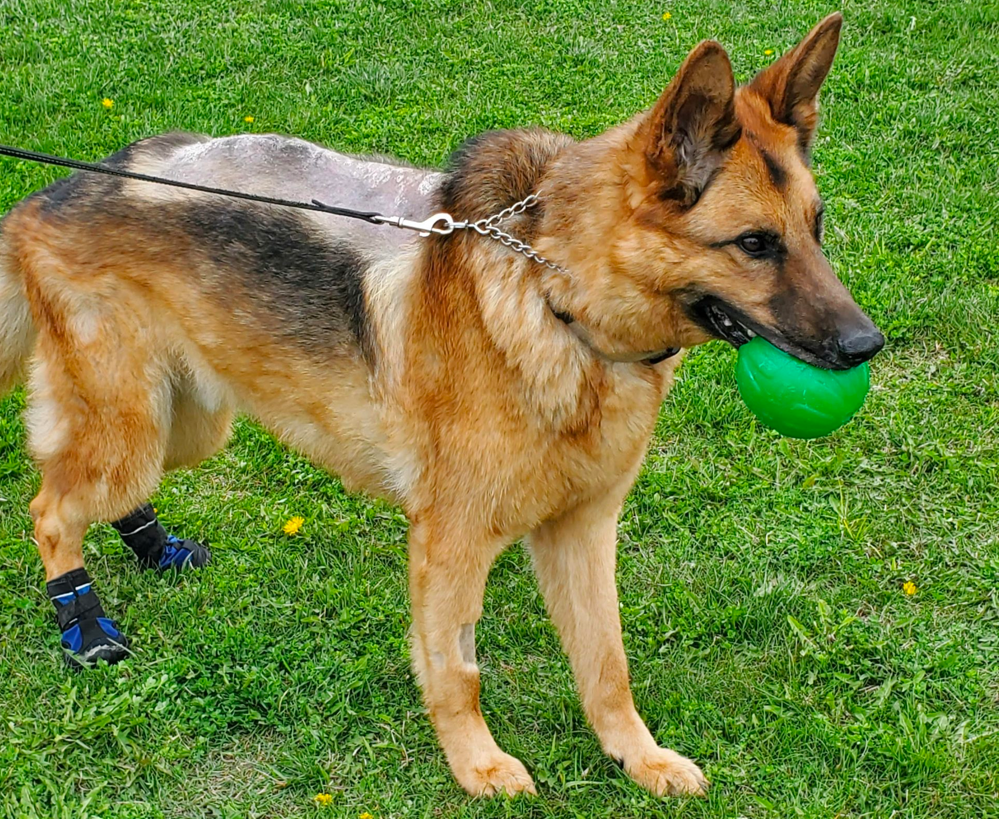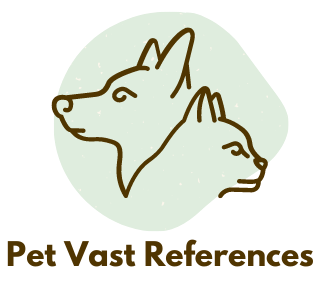Contents
Your pet dogs are the best companions whom you care about. The dogs can be plagued by a number of diseases, among which intervertebral disc disease is also common. If not treated properly or detected at an earlier stage, it can lead to paralysis in the legs. Chondrodystrophic breeds like Pekingese, Dachshunds, Bulldogs, Corgis, Beagles, Shih-Tzus, Cocker Spaniels, and Poodles and Bassett Hounds are prone to this condition. However, non-Chondrodystrophic breeds such as German Shepherd Dogs, and Labto have the risk of IVDD or Degenerative Disc Disease or disc rupture. Obese subjects of the predisposed Obese dogs of predisposed Chondrodystrophic breeds – especially GSD or labradors are more likely to be affected by disc ruptures.

Pet owners would love to see their dogs in the best health and the red alerts or the symptoms must be known. It can be a fatal blow, so pet owners need to check out the following symptoms that are cataloged:
- The dog will not walk steadily but drag its front legs or the hind legs
- Their toes tend to roll over when they try to walk
- The unwillingness to move the neck or engage in head movements when suffering from neck pain and stiffness
- A continuous back pain acting as a source of botheration
- You can observe your pet in hunched postures
- Your pet can get aggressive at mere touches
- Problem in urination
- Stilted gait
- Reluctance to rise up and walk
- Tendency to collapse
- Abnormal reflexes
Facts of IVDD in German Shepherds
Dog owners might notice that their beloved pets tend to get too stressed out or feel pain after a rigorous routine involving physical exercises. The instances where the dog can suffer from a ruptured disk are:
- Jumping off from high-raised places
- Sudden jumping out from the car or bed
- While playing different games like Frisbee involving the leaping movement
- The dogs can suffer from accidents where they end up injuring their disk
- They can be subjected to certain traumas which can lead them to succumb to this disease
What Causes of IVDD in German Shepherds?
The intervertebral disk is made of two different tissues. The outer portion is fibrocartilage and it aids in providing support to the disk space. Studies and researches reveal that most intervertebral disc ruptures are observed in chondrodystrophic breeds. It is found in dogs like Dachshunds, Lhasa apsos, and the like. The large breed dogs are not totally out of context when it comes to this type of disc degeneration. When the dogs are inflicted with intervertebral disc rupture in the thoracolumbar region, they suffer from pain. The changes in the behavior of the dogs begin in a predictable way. When your pet is suffering from the disease, it is a refusal to walk or engage in other physical activities, which is observed, commonly. Even if the front limbs appear normal, the hind feet will seem to stagger and often cross steps. The degree of coordination between the legs that is usually observed when a dog walks will be difficult to perceive. When this disease reaches an advanced stage, it can lead to a complete loss of walking ability. The pet owners might also feel that their canine friend is not conscious of the fact when they are urinating.
Intervertebral Disc Producing Neck Pain
This disease can affect your dog in his neck. It can make him feel excruciating pain, without loss of nerve function in the limbs. The dogs prefer to indulge in limited actions and activities and they often walk with a stiff gait. They become reluctant to stretch their neck and often tend to cry out during sudden movements. When the disc ruptures affect your dog to a great extent, it can lead to lameness and paralysis.
IVDD Treatment

If your dog is suffering from the case of a disk rupture, it is definitely a case of a surgical emergency. As a pet owner, you should not dilly-dally the decision of taking your beloved dog to the best vet surgeon. After taking a look at the medical condition of your dog, an experienced vet can come up with the best solution that can make your pet combat this disease and recover after a span of time.

 Mesothelioma Cancer in German Shepherds: Symptoms and Treatment
Mesothelioma Cancer in German Shepherds: Symptoms and Treatment